LIQUEFIED PETROLEUM GAS
LPG
Liquefied Petroleum Gas (LPG) is a byproduct of natural gas extraction and crude oil refining. It is considered a clean and environmentally-friendly source of energy. If made available as a cooking energy fuel it could help to reduce the negative health impacts of 2.6 billion people who currently use biomass stoves that emit harmful smoke and particles due to incomplete combustion.
The potential of an increased use of LPG as a cooking fuel is known for several years now. In 2001, a joint study of the World Bank and World LPG Association (WLPGA) described the potential of LPG:
„Liquefied Petroleum Gas (LPG) is a clean and environmentally-friendly source of energy. To protect the environment, LPG could be made available to replace wood and biomass in all households in all developing countries.”
Today, LPG plays an increasingly important role in the field of cooking energy interventions. This article presents key aspects regarding the use of LPG as a cooking fuel in low-income households to help estimating the long-term potential of LPG. Further links are provided at the end of each chapter.
LPG stands for ‘Liquefied Petroleum Gas’. LPG is a mixture of hydrocarbon gases, the two most common being butane and propane.
Most consumption of LPG occurs at the household level (49 %), followed by the use of LPG in the petrochemical industry (21.6 %) and other industrial uses (11.8 %). Direct consumption in refineries and finally the agricultural sector make up 2 % of global consumption. Other sectors (e.g. Autogas) add up to an aggregated 9.3 % of total consumption.

APPLICATIONS
Heating and Cooking, Auto gas, production of plastic, etc.
PRODUCTS
- LPG SULPHUR MAX 10
- LPG SULPHUR MAX 30

